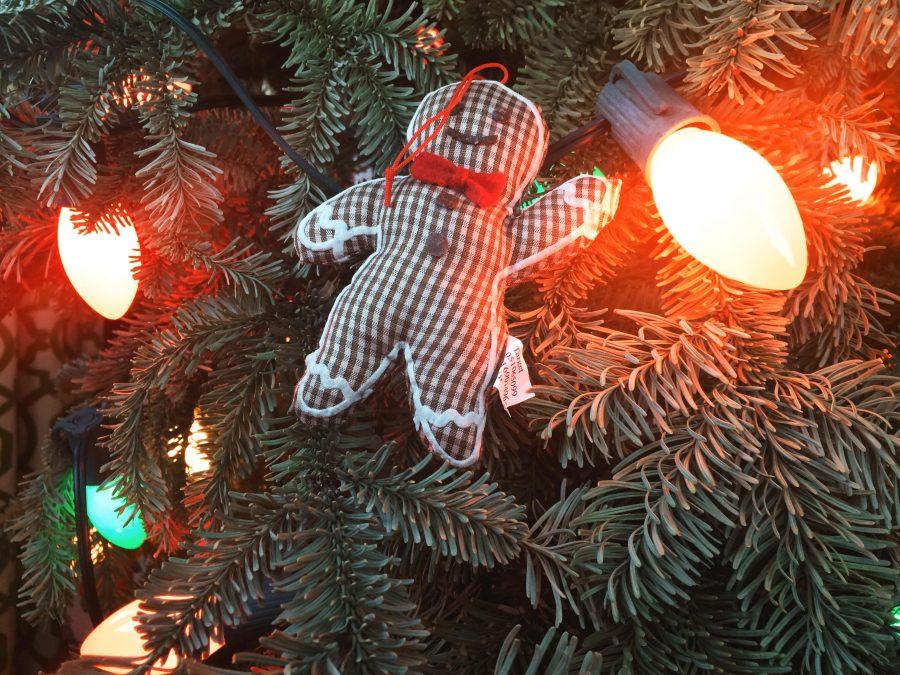Holiday Traditions Exposed!
To help you impress people over break, I was nice enough to put together some holiday information.
Holiday traditions
Around the holidays, many people mindlessly participate in traditions, without knowing the reasoning behind them. With curiosity, I explored things associated with winter holidays to find out their origins.
- Sugar Plums: No one has visions of sugar plums because no one knows what they are. I wanted to taste test the candy, so I called seven stores and many stores did not carry them. Several employees I spoke with asked what a sugar plum was. Sugar plums are candy made of hardened, flavored sugar. According to theplate.nationalgeographic.com, sugar plums are the oldest known sugar candies, but they probably started as a medicine. The medicine was created by Arabs to help indigestion, and traveled to Europe via trade. Even though they are mentioned in famous Christmas pieces, such as The Night Before Christmas and The Nutcracker, sugar plums do not seem as prominent today. If you are interested, sugar plums can be purchased on Amazon.
- Christmas trees/evergreen: According to history.com, before the Christian advent, people would hang evergreen boughs in their homes to ward off illness and evil spirits. Evergreens were special because they did not die in the winter. History.com says Germany is credited with starting the Christmas tree tradition in the 16th century.
- Gingerbread Men: The Catholic Church intended these cookies to be reminders of Adam and Eve, relating back to creation. The spices used are ones mentioned in the Old Testament.
- Mistletoe: Apparently, it’s romantic to kiss under a fungus. Mistletoe attaches to a tree to feed off its water supplies. The ancient Greek physician Hippocrates used it to help menstrual pains. So why kiss under it? According to mentalfloss.com, legend has it that the Norse god Frigg asked all of the plants to protect her son, the god Baldur. Loki then set out to find anything that was not under oath to protect Baldur. He found that Frigg had forgotten mistletoe, and fashioned an arrow out of its seeds that killed Baldur. Frigg cried tears of mistletoe, and said she would kiss all those who passed under it, never to be overlooked again.
- Elves: In Germanic paganism, elves were magical beings who could control what humans saw. They became associated with magic mushrooms in art and psychedelics, said theholidayspot.com. In Scandinavia, their purpose was to guard homes. Elves would treat their homeowners based on how they were treated, naughty or nice. By the mid-1800’s, elves were recognized as the friends of Father Christmas. They were to report to him if humans were naughty or nice.
- Candy Canes: These sweet treats are all about symbolism. The red stands for the blood of Christ, the white for purity, and the shape for the Good Shepherd’s staff. WhyChristmas.com mentions one tale that says in 1670, a choirmaster in Germany developed the candy in order to keep children quiet during the long nativity service.
- Eggnog: Delish.com says this drink originated in England. The rich drank it in the winter with expensive spices. The liquors, such as brandy, were added to prevent spoiling.
- Stockings: A widowed man had three daughters. The Smithsonian said that the man was worried that they would not be able to marry because of their poor financial state. Saint Nicolas heard of their problem, but knew the father would not want direct charity. The Saint went down their chimney and slipped gold into the girls’ recently laundered stockings that were drying by the fire.
- Dreidel: chabad.org says a dreidel is a four-side spinning top with letters from the Hebrew alphabet on each side. They are an acronym for “nes gadol hayah sham”—“a great miracle happened there.” The dreidel is used to play a game. Wanna play? Go to http://m.chabad.org/holidays/chanukah/Games/dreidel/default.htm for an online version.
- Chanukah Gelt: Traditionally, gelt (money) is given during Chanukah. It symbolizes freedom from the ancient Greek reign on Israel. Gifts became popular for the Jewish holiday because of its closeness to Christmas, according to chabad.org.
- Buddhist Acts of Kindness: On January 5th, known as Bodhi day, Buddhists celebrate Siddhartha Gautama becoming enlightened. They celebrate with services and acts of kindness.
Use your new knowledge to impress your family this season, and maybe they will believe you actually learned something at school this semester. Happy Holidays, Lobos!
Your donation will support the student journalists of Rocky Mountain High School - CO. Your contribution will allow us to purchase equipment and cover our annual website hosting costs.






